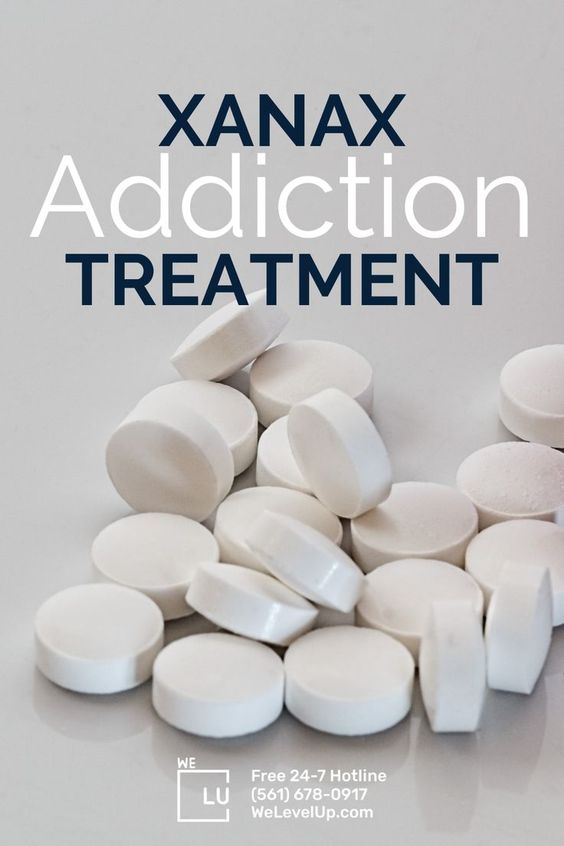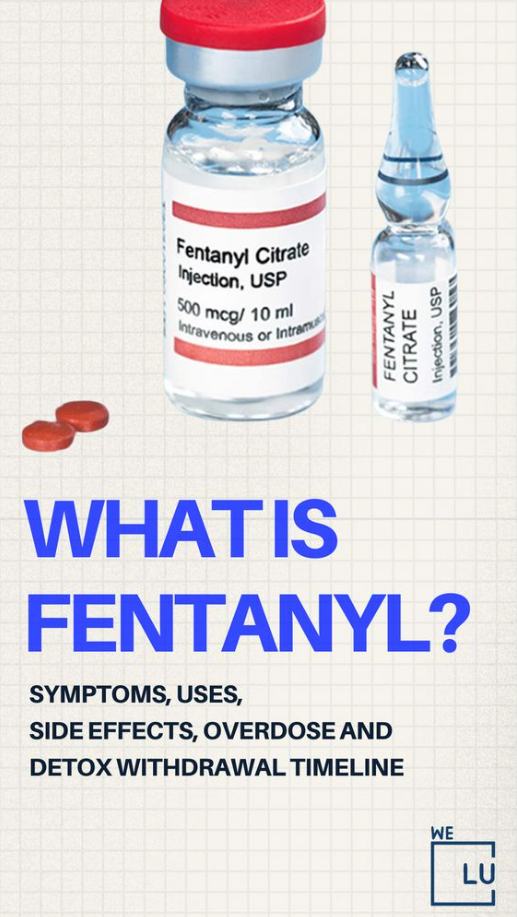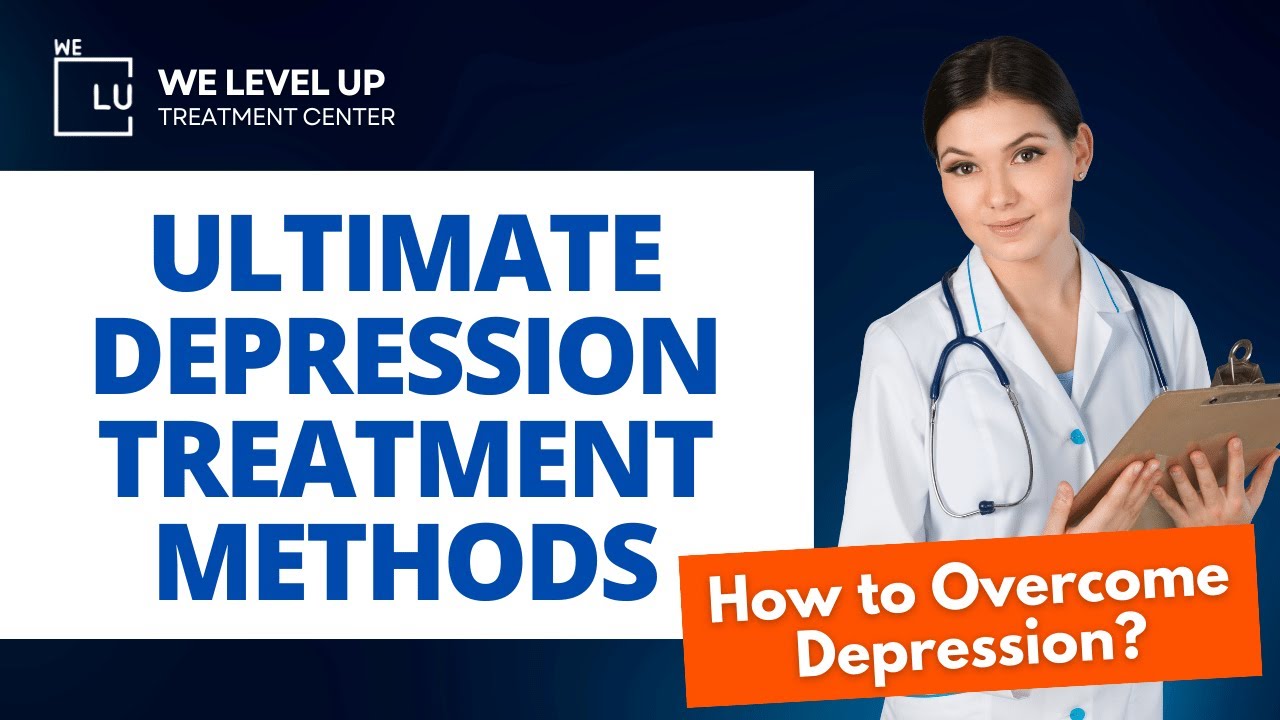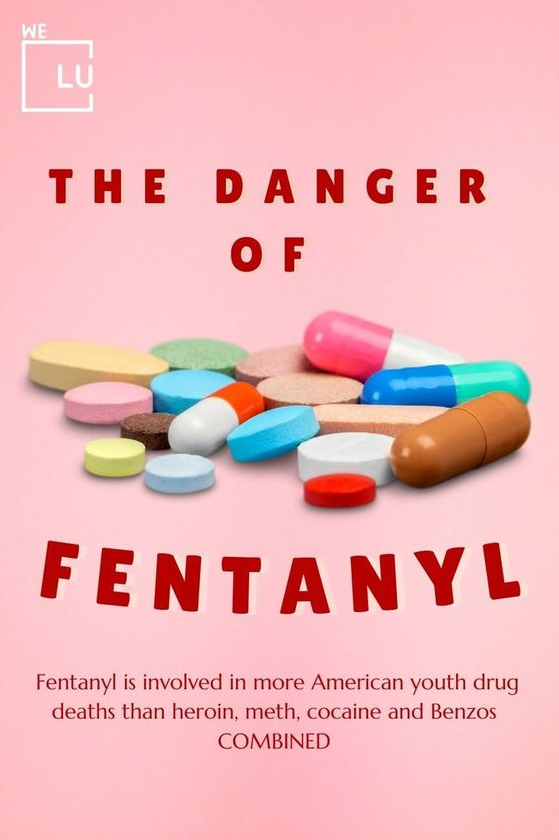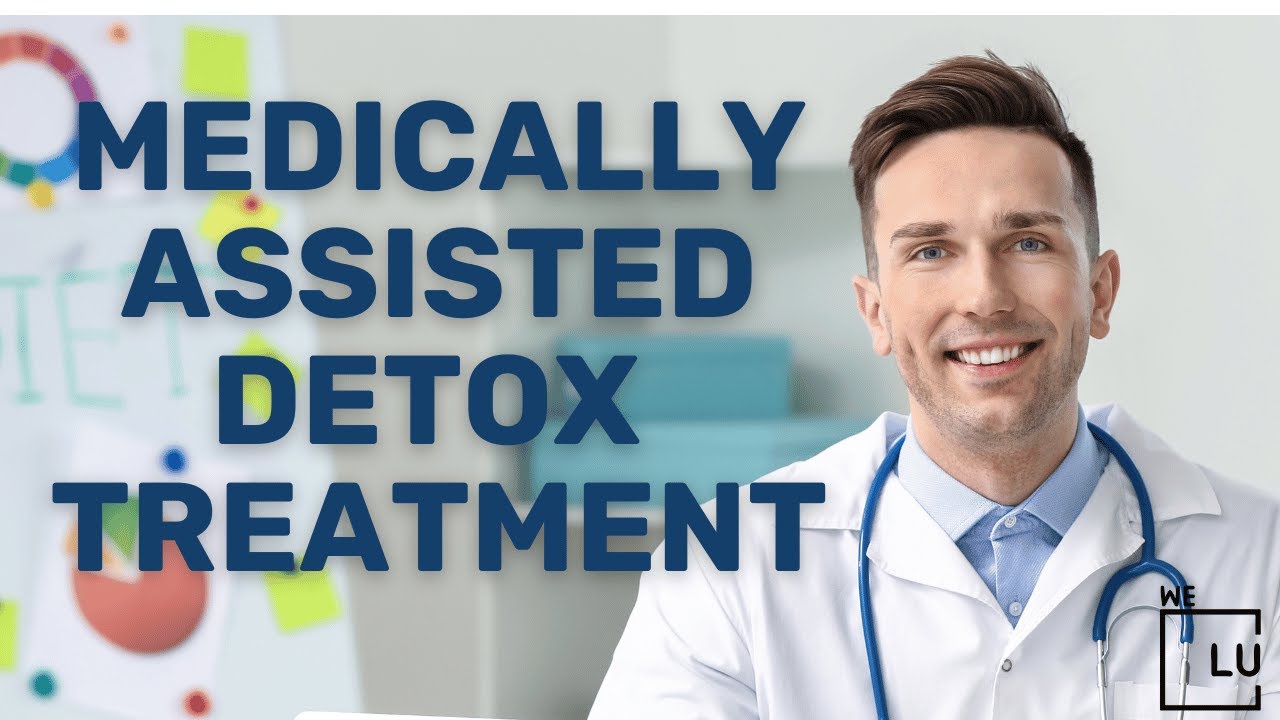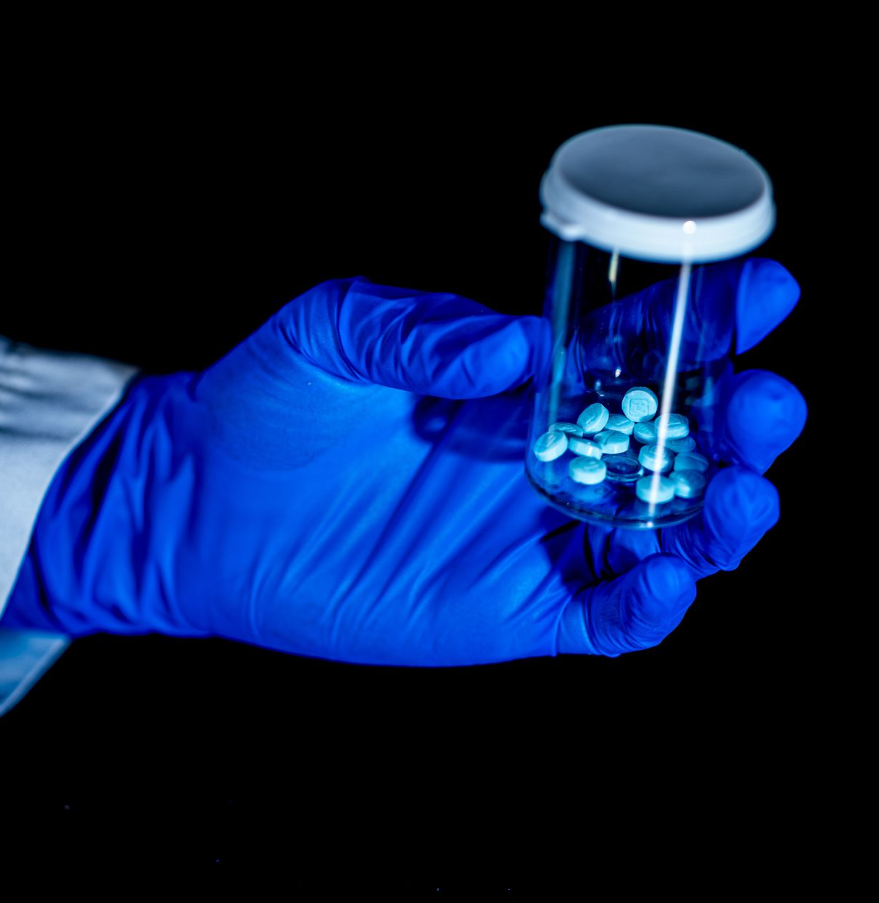What is Oxycodone?
Oxycodone is used to relieve moderate to severe pain. Oxycodone extended-release tablets and extended-release capsules are used to relieve severe pain in people who are expected to need pain medication around the clock for a long time and who cannot be treated with other medications. Oxycodone extended-release tablets and extended-release capsules should not be used to treat pain that can be controlled by medication that is taken as needed. Oxycodone is in a class of medications called opiate (narcotic) analgesics. It works by changing the way the brain and nervous system respond to pain.
Opioids are strong pain medicines and can cause life-threatening breathing problems. If you take oxycodone, you may become dependent on this medicine even if you take it exactly as prescribed by your doctor. Your doctor will monitor how you use oxycodone, to reduce your risk of harm, including through misuse, substance abuse, and drug addiction.
You may also develop tolerance when you take oxycodone — this means that you may need to take larger amounts of the opioid to get the same effect. As the dosage increases, so does the risk of oxycodone side effects.
Oxycodone extended-release tablets, extended-release capsules, and concentrated solutions should only be used to treat people who are tolerant (used to the effects of the medication) to opioid medications because they have taken this type of medication for at least one week. It should only be used when other forms of non-opioid pain relief have not been successful in managing pain or are not tolerated. Oxycodone is not usually recommended for the treatment of chronic pain.
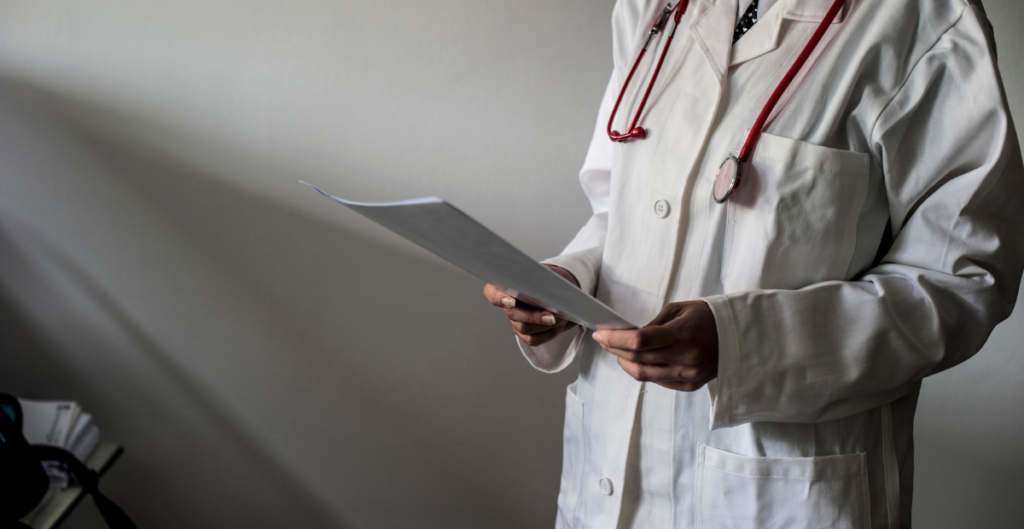
Oxycodone Dosage
If you are taking oxycodone on a regular schedule, take the missed dose as soon as you remember it. However, if it is almost time for the next dose, skip the missed dose and continue your regular dosing schedule. Do not take a double dose to make up for a missed one. Do not take more than one dose of the extended-release tablets or capsules in 12 hours.
What are the Oxycodone Side Effects?
Tell your doctor if any of these oxycodone side effects, are severe or do not go away:
- Dry mouth
- Stomach pain
- Drowsiness
- Flushing
- Headache
- Mood changes
Some oxycodone side effects can be serious. If you experience any of these symptoms or those mentioned in the IMPORTANT WARNING section, call your doctor immediately or get emergency medical help:
- Changes in heartbeat
- Agitation, hallucinations (seeing things or hearing voices that do not exist), fever, sweating, confusion, fast heartbeat, shivering, severe muscle stiffness or twitching, loss of coordination, nausea, vomiting, or diarrhea
- Nausea, vomiting, loss of appetite, weakness, or dizziness
- Inability to get or keep an erection
- Irregular menstruation
- Decreased sexual desire
- Chest pain
- Hives
- Itching
- Rash
- Swelling of the face, throat, tongue, lips, eyes, hands, feet, ankles, or lower legs
- Hoarseness
- Difficulty breathing or swallowing
- Seizures
- Extreme drowsiness
- Lightheadedness when changing positions
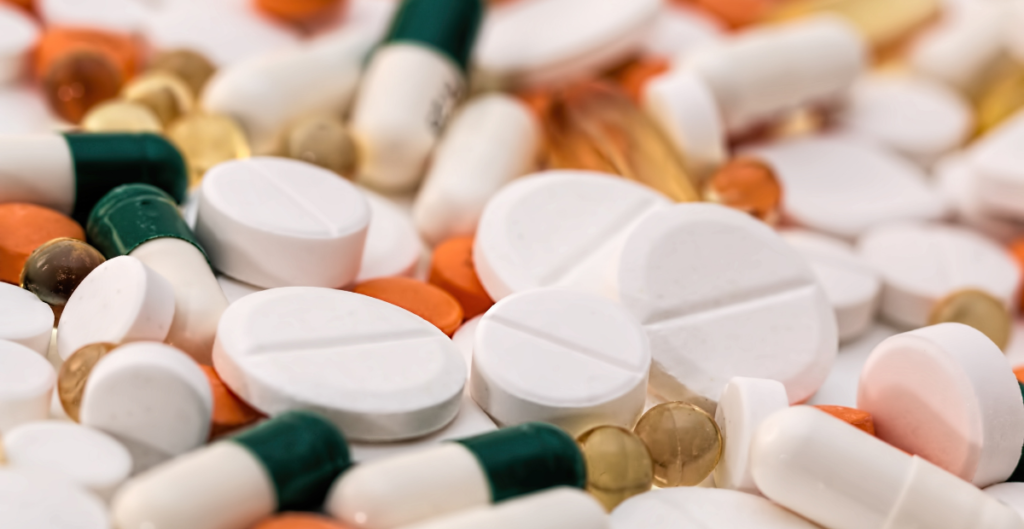
Oxycodone and Alcohol
Drinking alcohol, taking prescription or nonprescription medications that contain alcohol, or using street drugs during your treatment with oxycodone increases the risk that you will experience serious, life-threatening oxycodone side effects. Do not drink alcohol, take prescription or nonprescription medications that contain alcohol, or use street drugs during your treatment.
Oxycodone and alcohol taken together can have serious consequences. The effects of mixing them can include slowing or even stopping breathing or the heart and can be fatal.
Oxycodone Withdrawal
If you stop or cut back on these drugs after heavy use of a few weeks or more, you will have a number of oxycodone side effects and opioid withdrawal symptoms. This is called withdrawal. In 2018 in the United States, about 808,000 people reported using heroin during the past year. In the same year, about 11.4 million people used narcotic pain relievers without a prescription. [1] Narcotic pain relievers include:
- Codeine
- Heroin
- Hydrocodone (Vicodin)
- Hydromorphone (Dilaudid)
- Methadone
- Meperidine (Demerol)
- Morphine
- Oxycodone (Percocet or Oxycontin)
Oxycodone Withdrawal Symptoms
These drugs can cause physical dependence. This means that a person relies on the drug to prevent withdrawal symptoms. Over time, more of the drug is needed for the same effect. This is called drug tolerance. How long it takes to become physically dependent varies with each person. When the person stops taking the drugs, the body needs time to recover. This causes withdrawal symptoms. Withdrawal from opiates can occur any time long-term use is stopped or cut back.
Early symptoms of withdrawal include:
- Agitation
- Anxiety
- Muscle aches
- Increased tearing
- Insomnia
- Runny nose
- Sweating
- Yawning
Late symptoms of withdrawal include:
- Abdominal cramping
- Diarrhea
- Dilated pupils
- Goose bumps
- Nausea
- Vomiting
Oxycodone Overdose
While taking oxycodone, you should talk to your doctor about having a rescue medication called naloxone readily available (e.g., home, office). Naloxone is used to reverse the life-threatening effects of a drug overdose. It works by blocking the oxycodone side effects to relieve dangerous symptoms caused by high levels of opiates in the blood. Your doctor may also prescribe you naloxone if you are living in a household where there are small children or someone who has abused street or prescription drugs. You should make sure that you and your family members, caregivers, or the people who spend time with you know how to recognize an overdose, how to use naloxone, and what to do until emergency medical help arrives.
Your doctor or pharmacist will show you and your family members how to use the medication. Ask your pharmacist for the instructions or visit the manufacturer’s website to get the instructions. If symptoms of an overdose occur, a caregiver or family member should give the first dose of naloxone, call 911 immediately, and stay with you and watch you closely until emergency medical help arrives. Your oxycodone side effects and overdose symptoms may return within a few minutes after you receive naloxone. If your symptoms return, the person should give you another dose of naloxone. Additional doses may be given every 2 to 3 minutes if symptoms return before medical help arrives. [2]
Symptoms of overdose may include the following:
- Difficulty breathing
- Slowed or stopped breathing
- Excessive sleepiness
- Limp or weak muscles
- Narrowing or widening of the pupils (dark circle in the eye)
- Cold, clammy skin
- Unable to respond or wake up
Opiate Detox
Clearing opiates from the body and overcoming withdrawal symptoms is the goal of detox, which is the first step of an opioid addiction treatment center. You need to go to detox to obtain recovery, in a safe and medically supervised setting. We Level Up TX detox center medically assist clients to clear their systems of addictive substances including opioids.
For anyone who suffers from addiction and oxycodone side effects, just the thought of having to stop using can cause severe mental distress. But, with the help of a medical detox center, the medical detox process is managed. A comprehensive team prescribing medications can alleviate your withdrawal pains while monitoring your health 24 hours. Assuring both your safety and comfort.
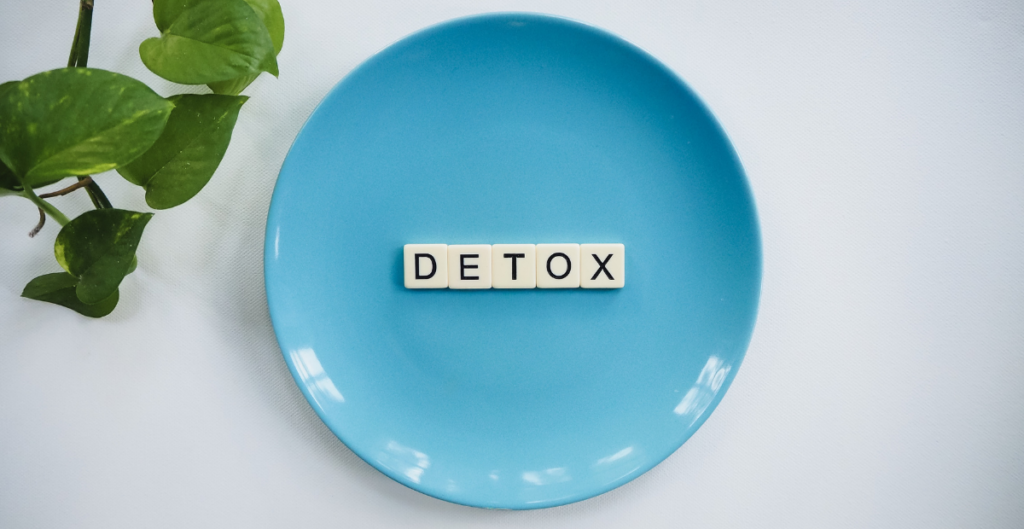
We Level Up TX residential care program after the detox will slowly and effectively introduce the individual into an atmosphere of therapeutic growth. Marked by Master’s level therapists, clinicians, group counselors, psychiatrists, and a community of like-minded individuals with the same aim: to attain sobriety and live a great life.
Some of the many modalities applied and practiced within our residential treatment facility are:
- Cognitive Behavioral Therapy
- 12-Step Groups
- Group Therapy
- Biofeedback
- Alumni Support
- Stabilization
- Holistic Therapy
Patients in the residential therapy programs at We Level Up TX treatment center will live comfortably within the facility during this crucial and fragile time. This supportive environment is designed to give patients 24-hour care for sobriety, removing temptations for relapse and applying an air of recovery into every component of the treatment timeline, including opioid addiction treatment. We Level Up TX finds that when clients are living in a supportive community, especially during their early recovery process, they can truly focus on what matters most: their recovery.
Rehab centers are passionate about providing the best care and treatment options for clients and their families. The treatment team is dedicated to giving each and every client the best chance for recovery. We know that finding a trusted addiction and mental health rehabilitation center is a critical part of finding the best treatment options. A great way to weed through to uncover the best recovery programs should include seeking accredited organizations like We Level Up.
The concept of addiction often carries several misconceptions, either due to misleading information or the lack of familiarity with the cycle of addiction. Understanding the cycle of addiction is one of the most important ways of preventing its continuation.
If you or a loved one is struggling with oxycodone side effects and opioid addiction, you may reach out to We Level Up TX addiction rehab center.
